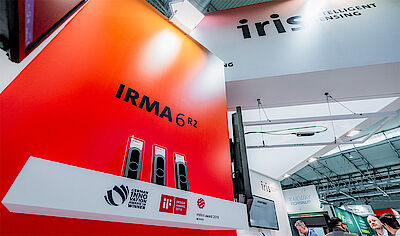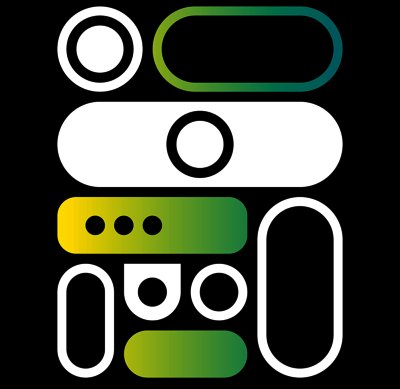It started with an idea...
The introduction of automatic passenger counting has transformed public transport by enabling the precise recording of passenger numbers.
People who want to do without their own car and still be mobile, use driving services or local public transport. In order for public transport to meet the needs and requirements of passengers, it is necessary to plan, among other things, the demand, routes and vehicle capacities. To do this, traffic planners use the latest passenger counting technology:
We develop and supply this technology for the global market.
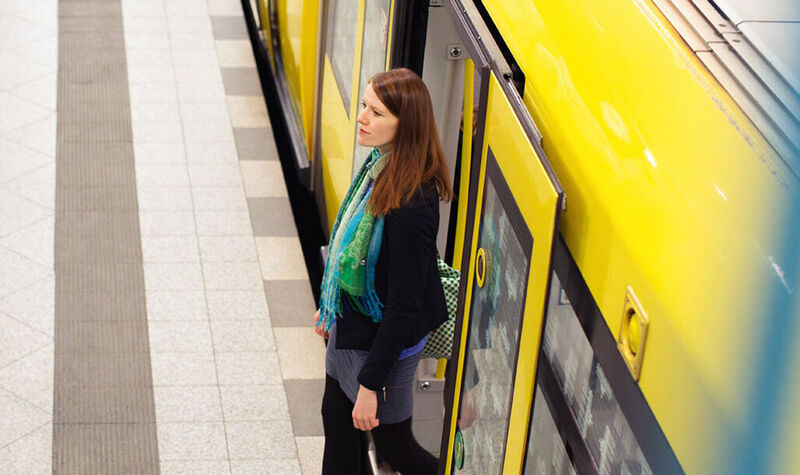
Every new idea has a beginning
The founding idea of iris was developed by a team of five physicists, one chemist and four engineers. They founded iris-GmbH infrared & intelligent sensors in 1991 and have been developing and producing innovative systems and applications in optoelectronics for automatic passenger counting for more than 30 years. One question still drives the company today:
How can optoelectronics be used in the transport industry?
We are looking for answers to this question in a variety of ways in cooperation with research partners in Germany and abroad.
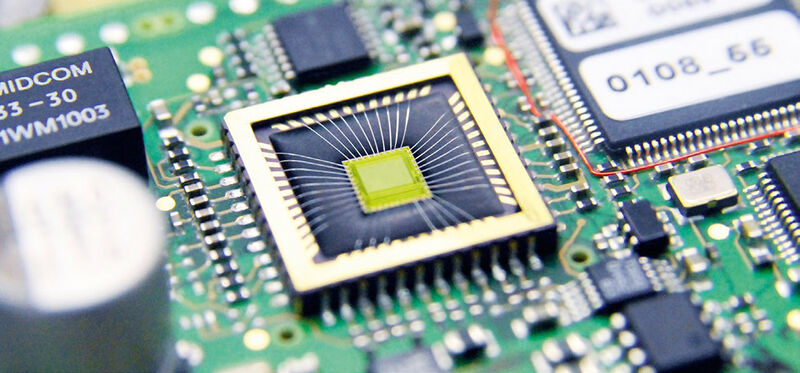
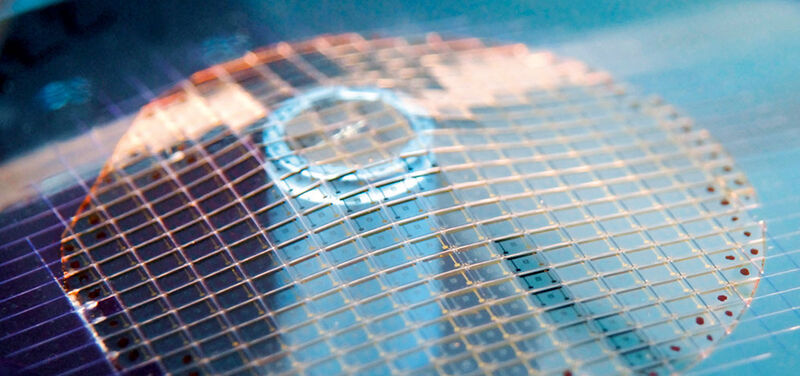
Every market-ready idea leads to new products
The technological back-bone of the company is formed by the areas of hardware development, software development, assembly and the development of sophisticated inspection and test equipment. The technologies are constantly being improved because the requirements for counting and the areas of application are becoming more and more diverse. Since the foundation in 1991 we have been continuously improving our technologies in our own research department. The focus is on the further development of sensor technologies, signal processing and communication.
Every viable idea opens up new markets
When the founders of iris developed and implemented the idea of digital passenger counting, they had no idea that they were creating a new market. To date, more than 375,000 doors have been equipped worldwide.
Passengers are counted with iris sensors in Berlin, Hamburg, Munich, Oslo, Warsaw, Budapest, Moscow, Singapore, Montreal, Vienna, Salzburg, Gothenburg, Los Angeles, Las Vegas, Houston and Sao Paulo, among others. Automatic passenger counting is now standard in all transport companies.
IRMA sensors are world leaders in passenger counting. Transportation companies appreciate the quality as well as the durability of the products, the close customer service and the tradition of the company.
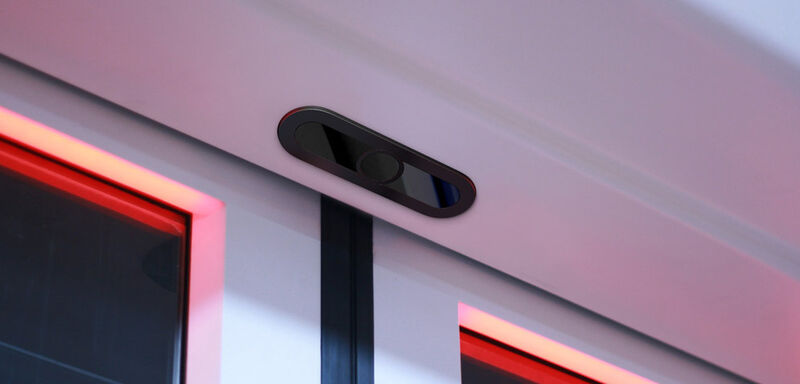
“We live a culture of customer focus and user-friendliness – that’s why we strive to make every touchpoint with our products as intuitive as possible to provide added value and comfort to all users.”
Marc-Oliver Brammann – CEO, iris-GmbH infrared & intelligent sensors
Mobile passenger counting with IRMA
The automatic passenger counting system determines the degree of utilisation of public transport vehicles in buses and trains cost-effectively, reliably and permanently.
The recording of the actual use of different routes depending on time of day and day of the week is the basis for demand-oriented route planning, optimum capacity utilisation and the billing of transport services.
IRMA is specially designed for use in vehicles and is very robust against harsh environmental conditions as well as temperature, humidity and vibration.
The counting sensor is installed above the door area and detects boarders and exits with high accuracy. Compatible with current on-board computers and other on-board components, an Ethernet connection enables the transmission of large amounts of data, for example for remote maintenance and remote updates.
The latest counting systems IRMA 6 and IRMA MATRIX are based on the proven time-of-flight (ToF) principle. The sensors are on the move everywhere, in bright sunshine, in the deserts of Arizona and North Africa or behind the Arctic Circle in the freezing cold of Norilsk. The signals of these sensor types have an unbeatable advantage. The information of the image is composed of the flight time of the transmitted light and its speed (speed of light).
These two physical quantities are independent of the environmental conditions. If the flight time of the light signal from the sensor to the object and back is known, the distance value to the object in each pixel is calculated by multiplying time and speed of light. The amazing thing is that this time can actually be measured Light flying over the distance of one centimeter takes just 33-ps (0.000000000033 s). This incredibly short time span can be captured with fast electronics. The so-called robust 3D point cloud is created.
Machines know no pictures but only values in space and time. If these values are as equal as possible for a sequence of situations in the doors of the vehicles, whether in the Arctic Circle or in the desert, reliable results are obtained.
The data from the sensors are determined by measuring the light propagation time – so they are not deceived by shadows cast or total darkness.
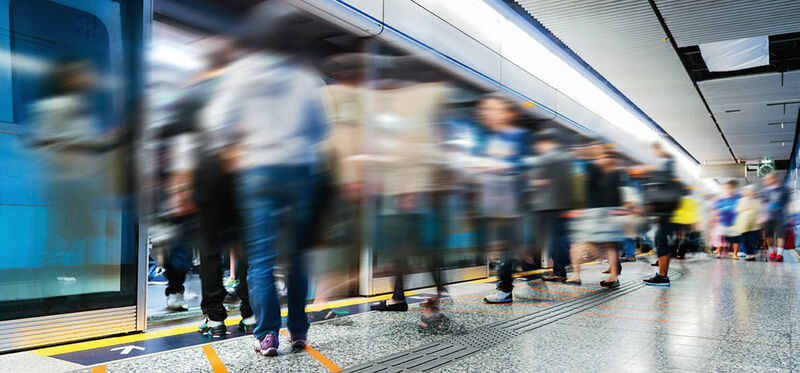
What’s next?
As in all modern industries, the progressing digitalization in public transport is based on data. For many years now, the management of small and large fleets has been an important issue in the development of local transport networks. Satellite-based tracking and the implementation of powerful processors have resulted in the widespread use of telematics systems for fleet control and passenger information in real time in the past 15 years.
We are now seeing a further boost in innovation, triggered by powerful and globally accessible server networks (cloud computing) and the mass adoption of smart phones. New system architectures including mobile devices and datasets in the cloud are under discussion or are undergoing practice tests. Linking data in cities and regions is known by the term of smart city or smart region.
IRMA 6, the latest sensor by iris, is an offer benefiting the fast-evolving digital structure in public transport. These sensors are an excellent source of the data required for the new services. The focus is no longer only on the management of the fleet or the deployment of the vehicles, but rather on the control of passenger flows. The more accurate the data, the more accurately can the passengers plan their trip – inclusive and individualized public transport – and the IRMA 6 sensor offers crucial prerequisites to this idea.
Contact us for more details
We are here for you
General request
For general inquiries please call us
You can reach us from Mon - Fri, 08:00 - 16:00 (CET)
